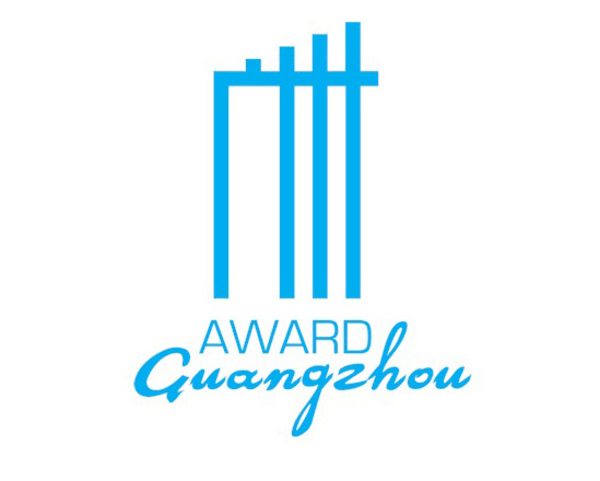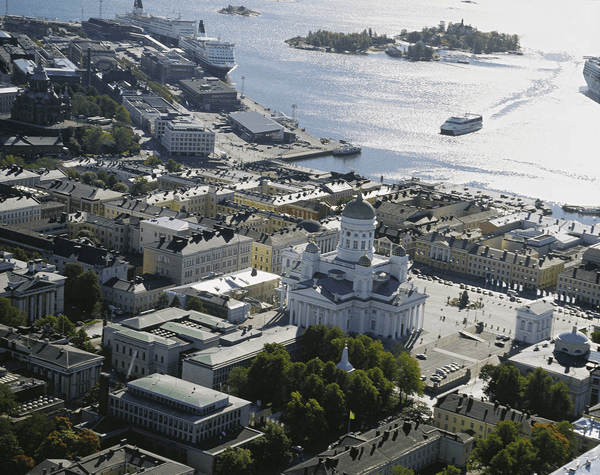
City
Addis Ababa
Main actors
City Government, Supranational / Intergovernmental Institutions, Private Sector, Public Utility
Project area
Metropolitan Area
Duration
Ongoing since 2010
Addis Ababa’s light rail and bus rapid transit project addresses the challenges rising from an aging transport system combined with fast-growing urbanization to ensure a prosperous, equitable, and sustainable city for the future.
Rapid urbanization in Addis Ababa has led to a rise in poverty and social inequality. Demand for transport has increased faster than the city can provide it and is creating health and safety risks, impeding economic development and producing more greenhouse gas emissions. The Addis Ababa 2002 - 2010 master plan highlighted increasing pressure on the city’s public transport service, due to factors including an insufficient number of buses, passenger security at transport and freight terminals and a sub-standard traffic management system.
Subsequently, the Transport Policy adopted in 2011 promotes the expansion of mass transport systems along with non-motorized mobility to achieve a more socially inclusive, economically affordable, environmental friendly and technologically advanced transport system. The policy sets the foundations for a renewed public transport system and the improvement of traffic management practices through the introduction of Intelligent Transportation Systems (ITS). The new framework has been articulated with the master plan for urban development (2010-2015) of the city. The rationale behind the initiative is that sustainable and lasting socio-economic development of Addis Ababa can only be achieved if the transport system provides a reliable, safe, comfortable and accessible service.
Guangzhou Award
This project was shortlisted for the 'Guangzhou Award' in 2016.
External links / documents
On Map
The Map will be displayed after accepting cookie policy



